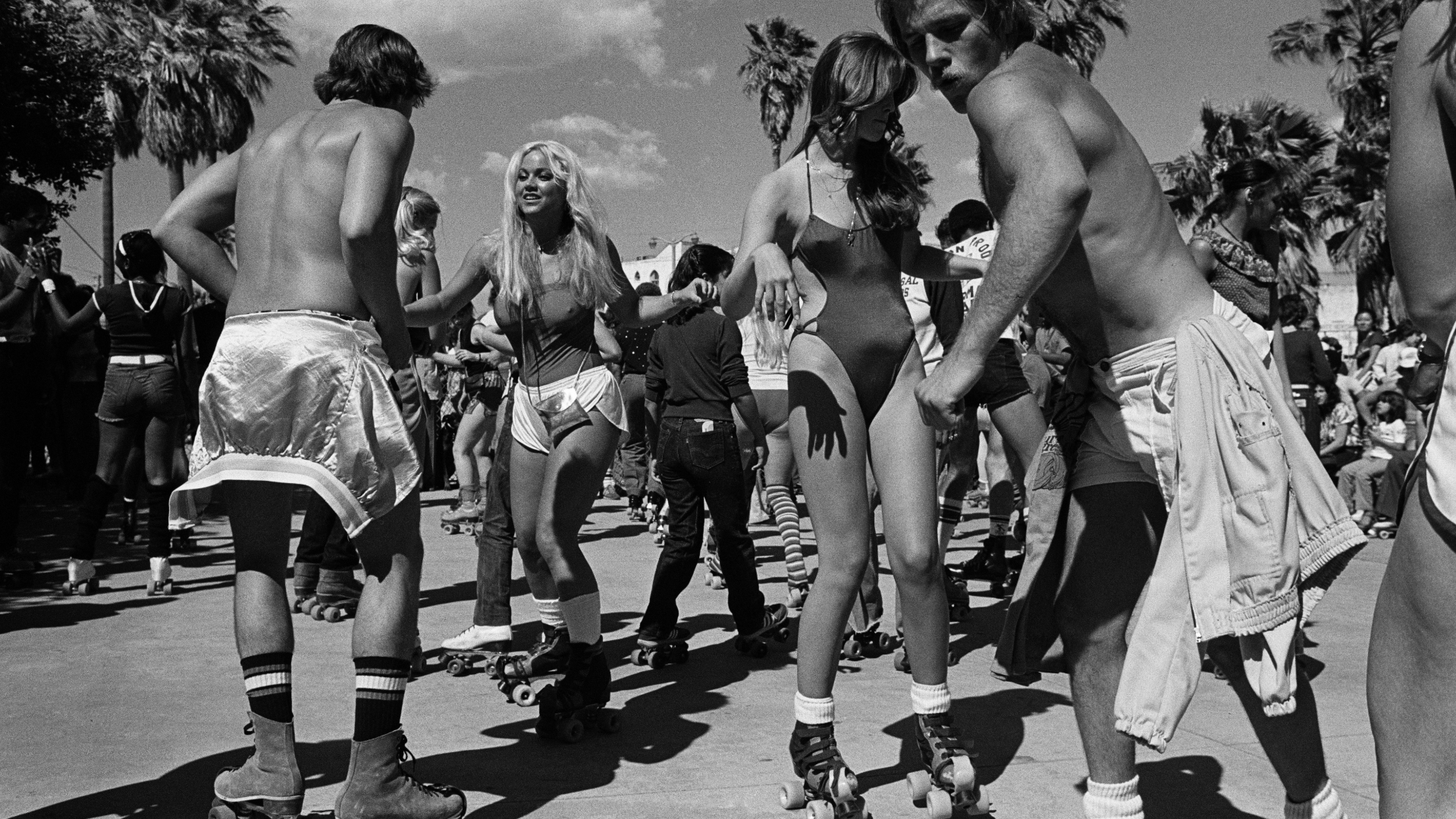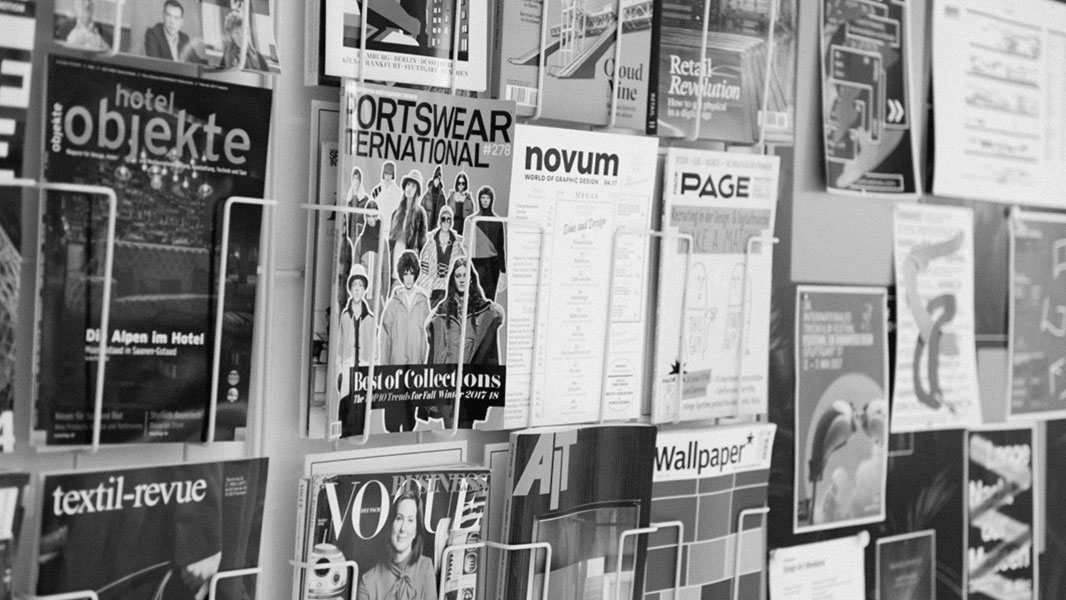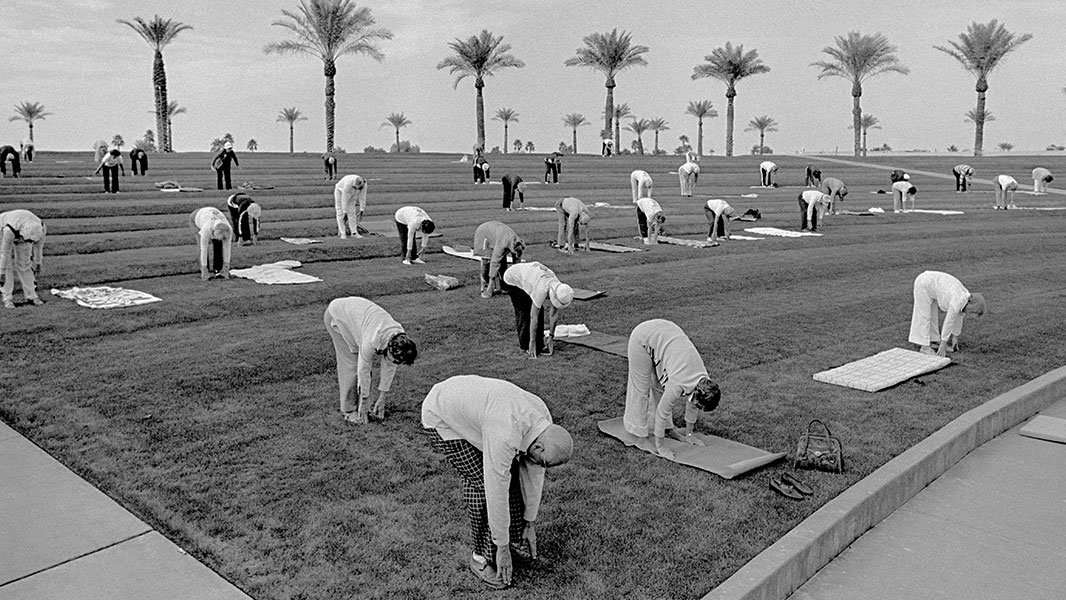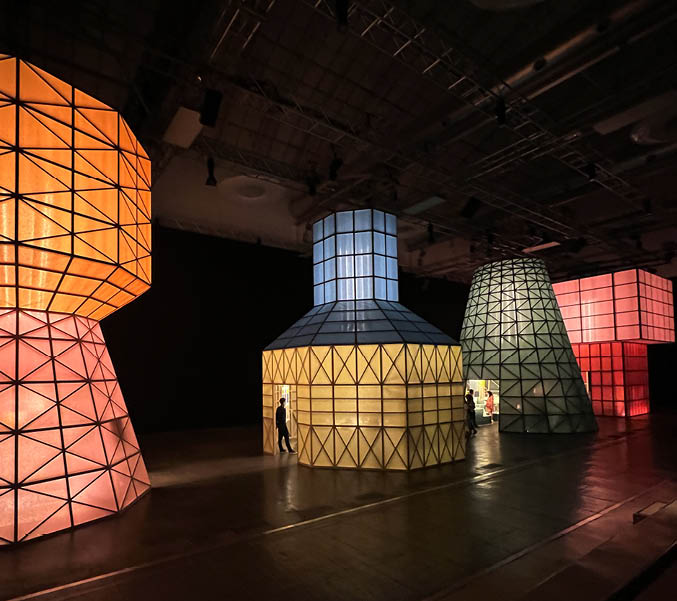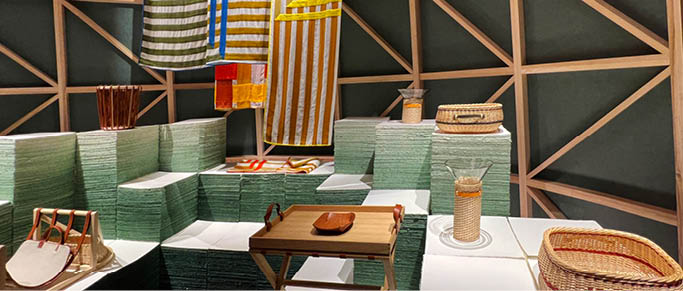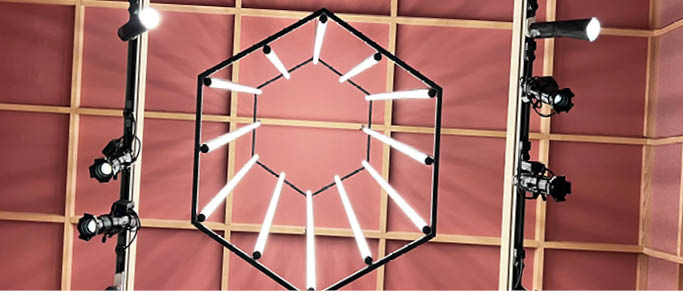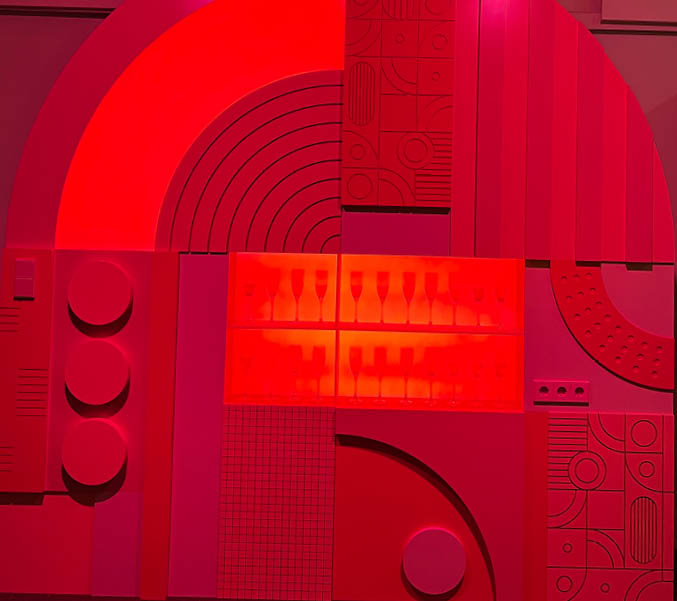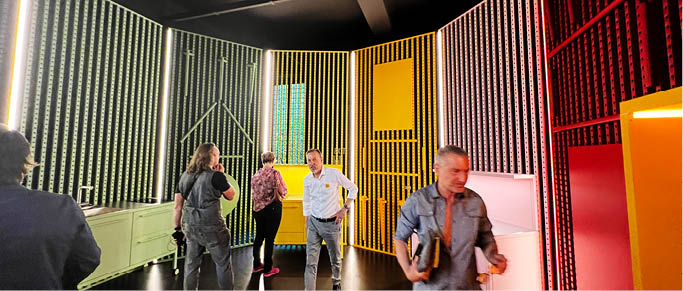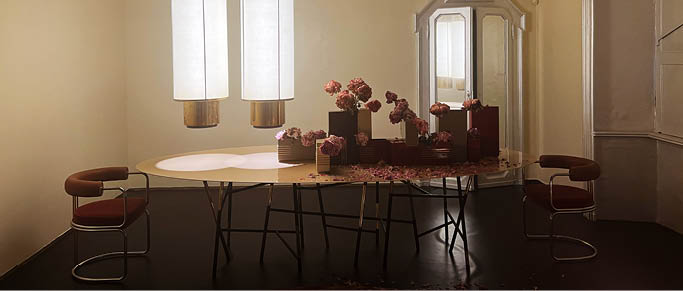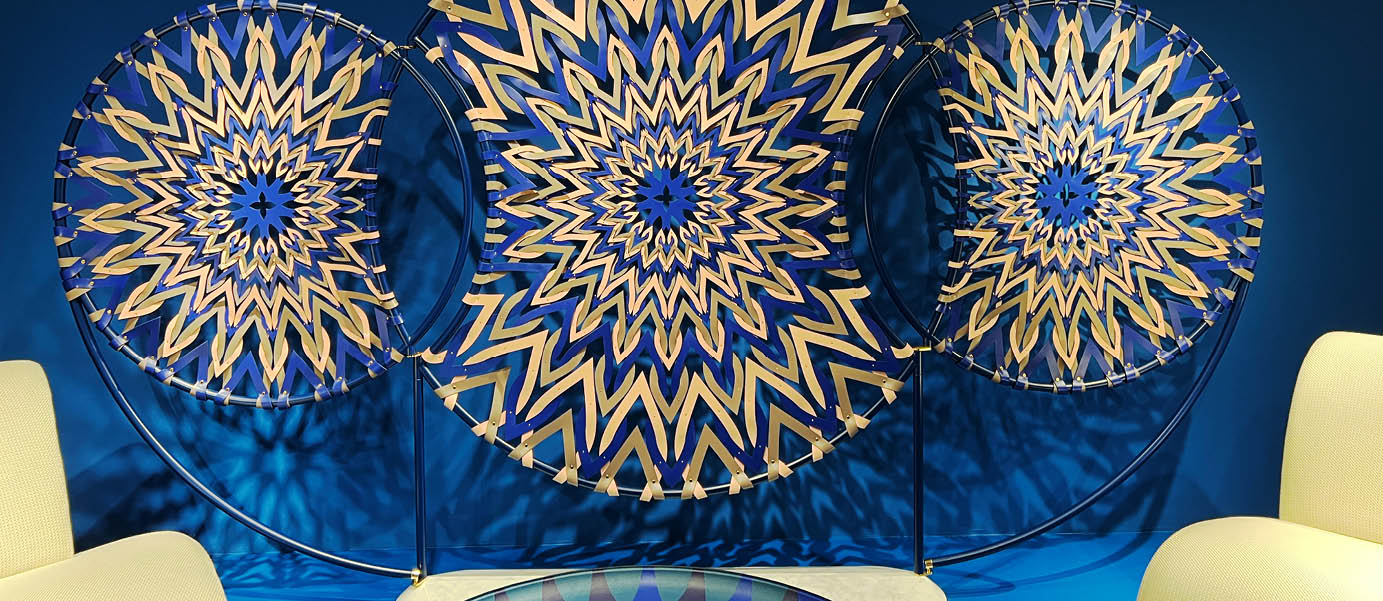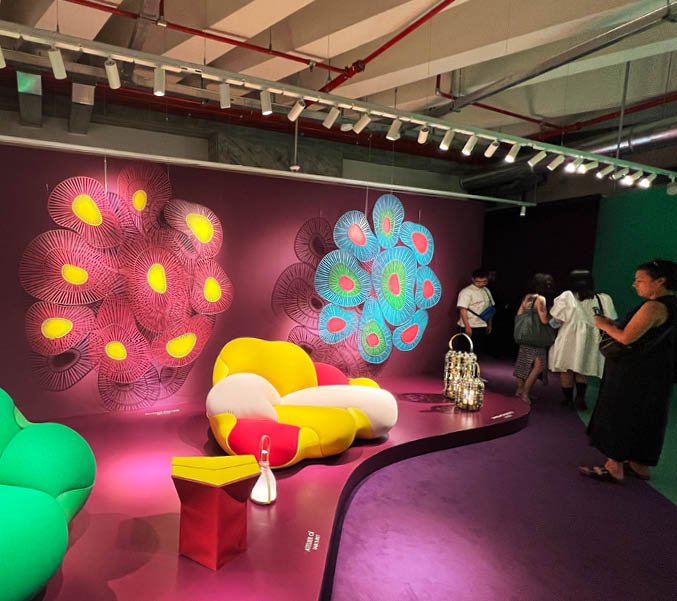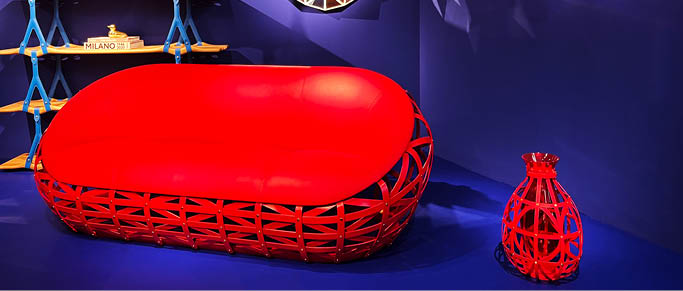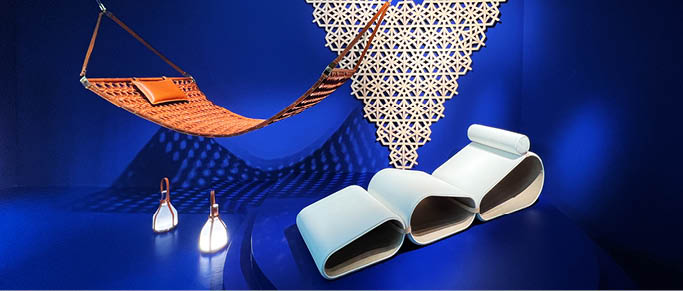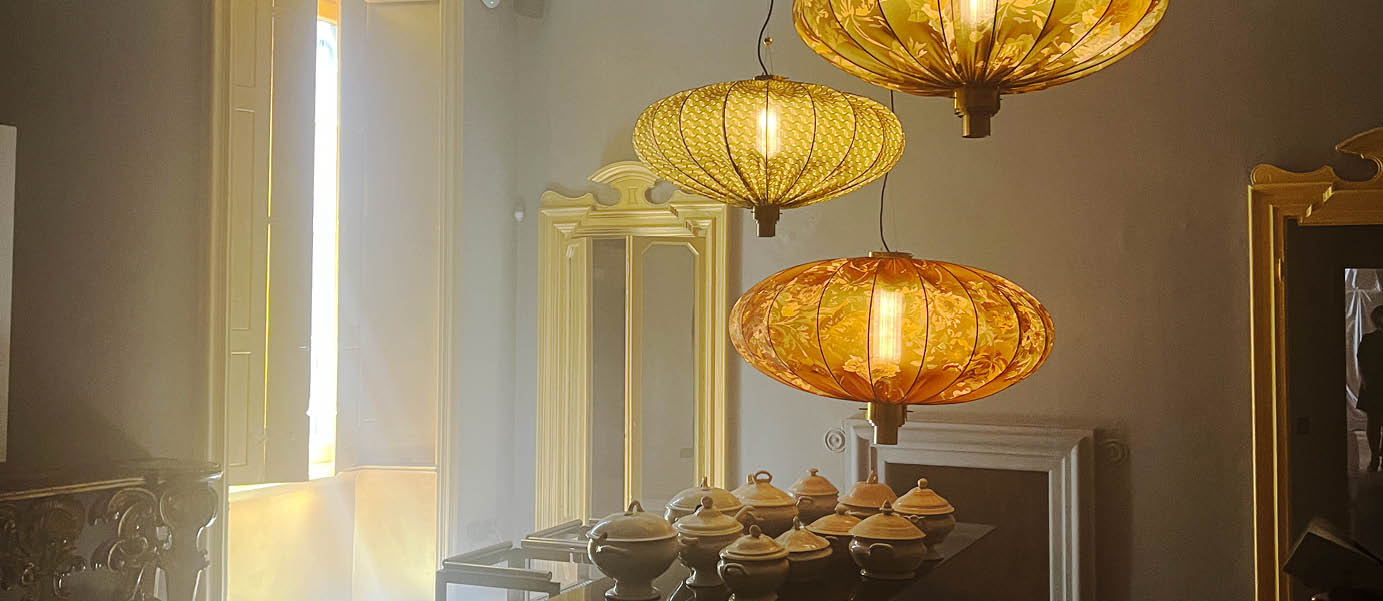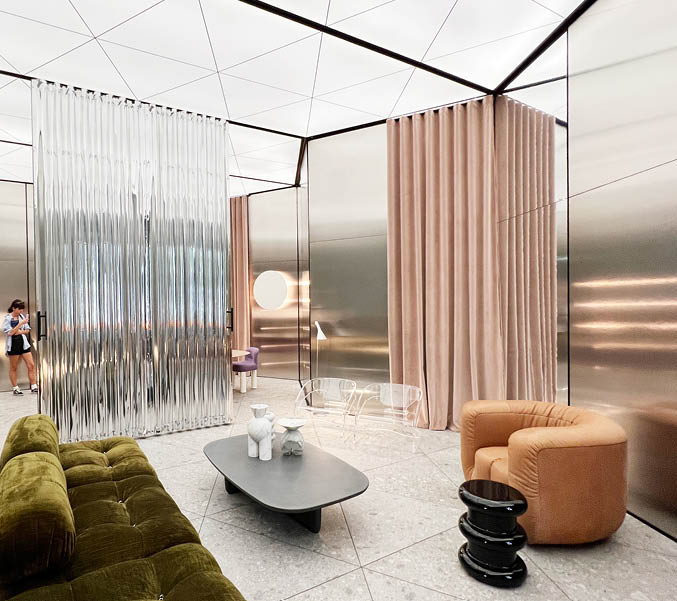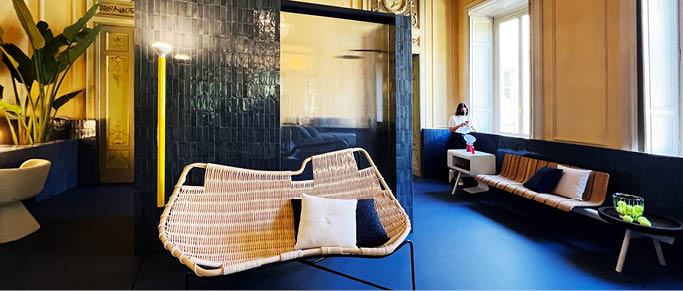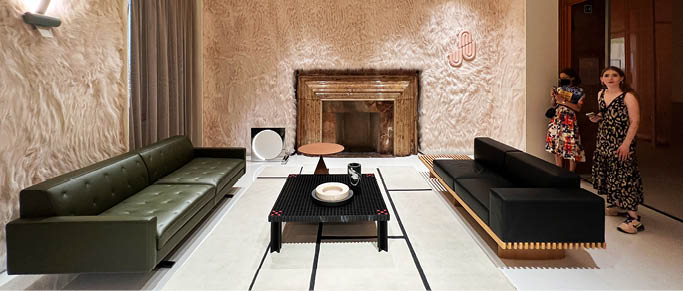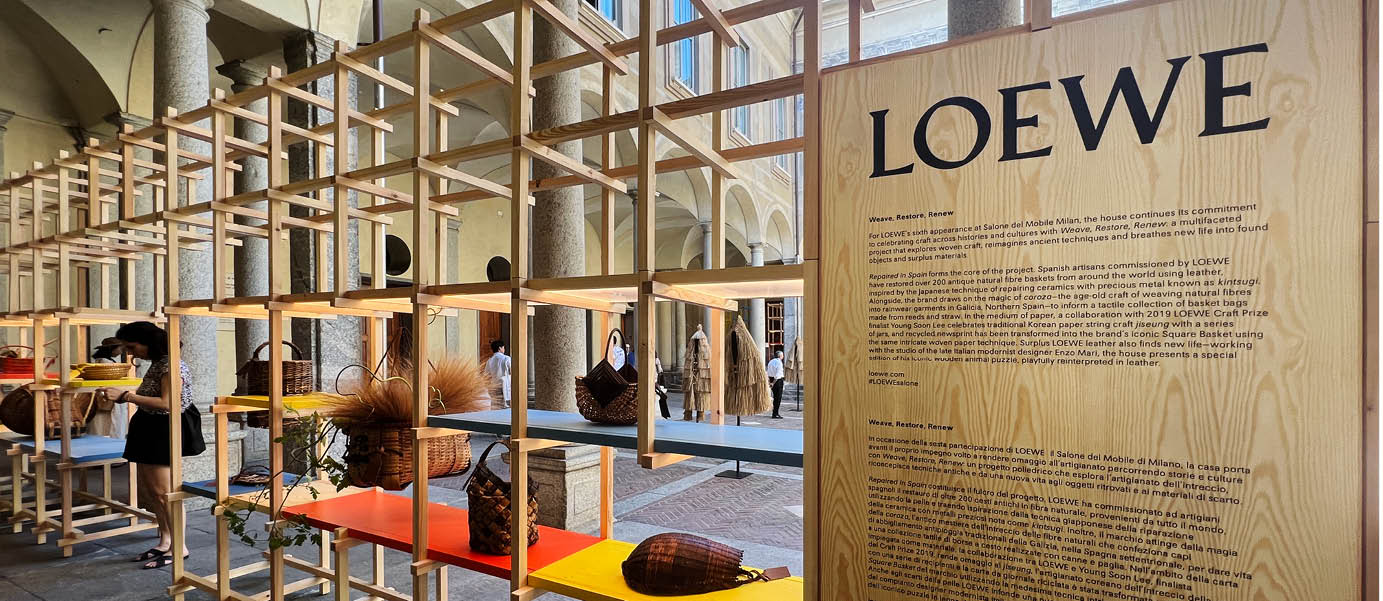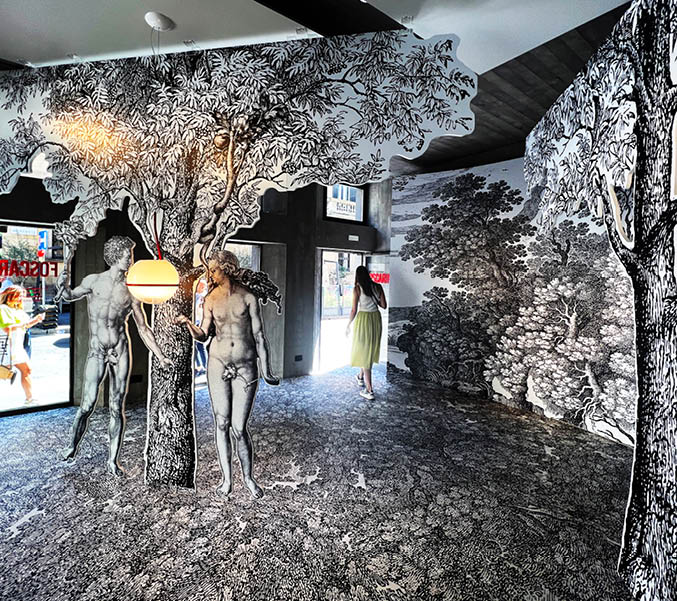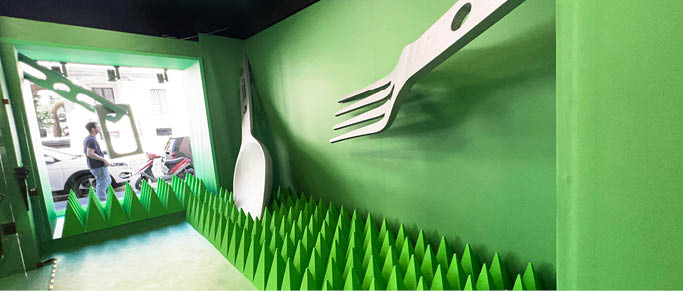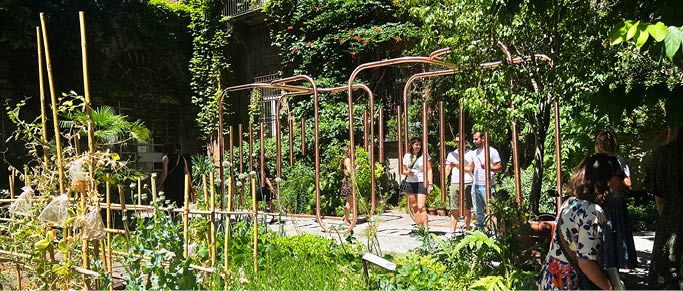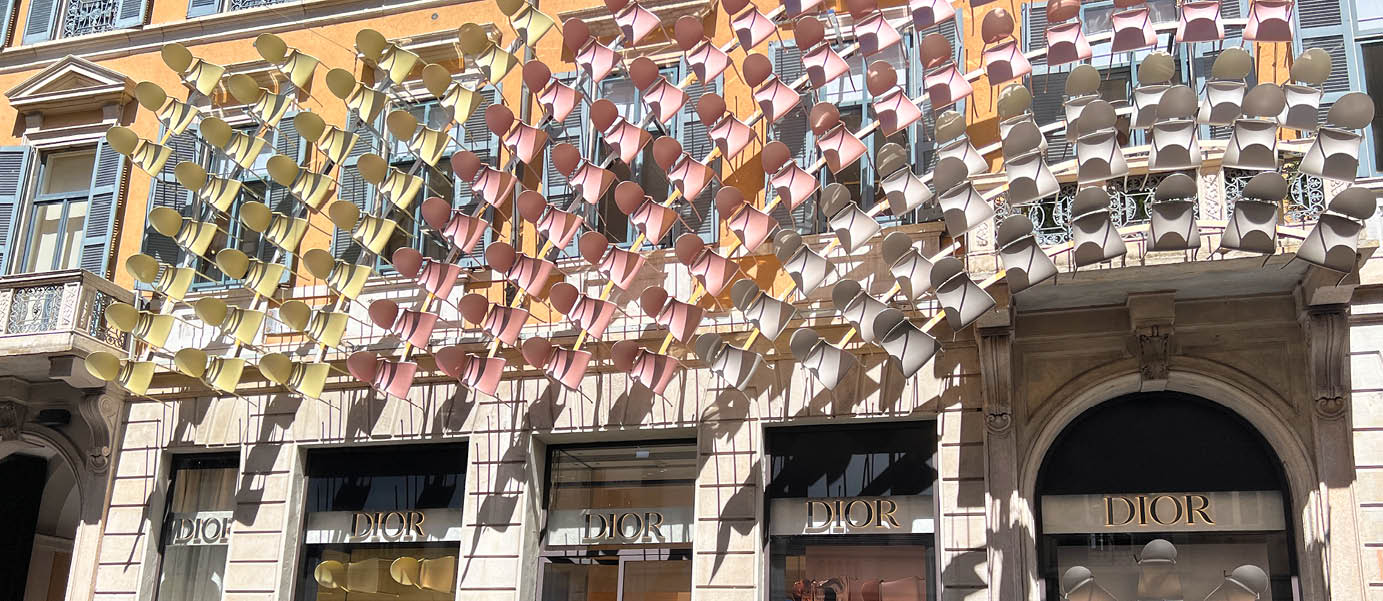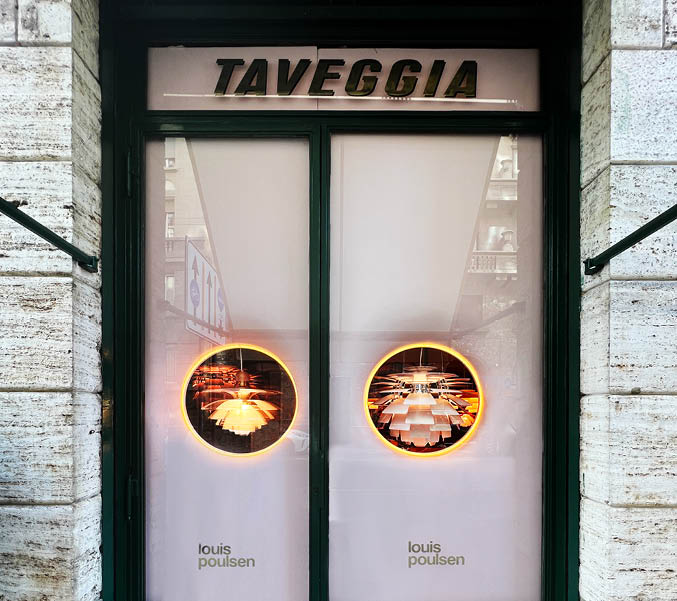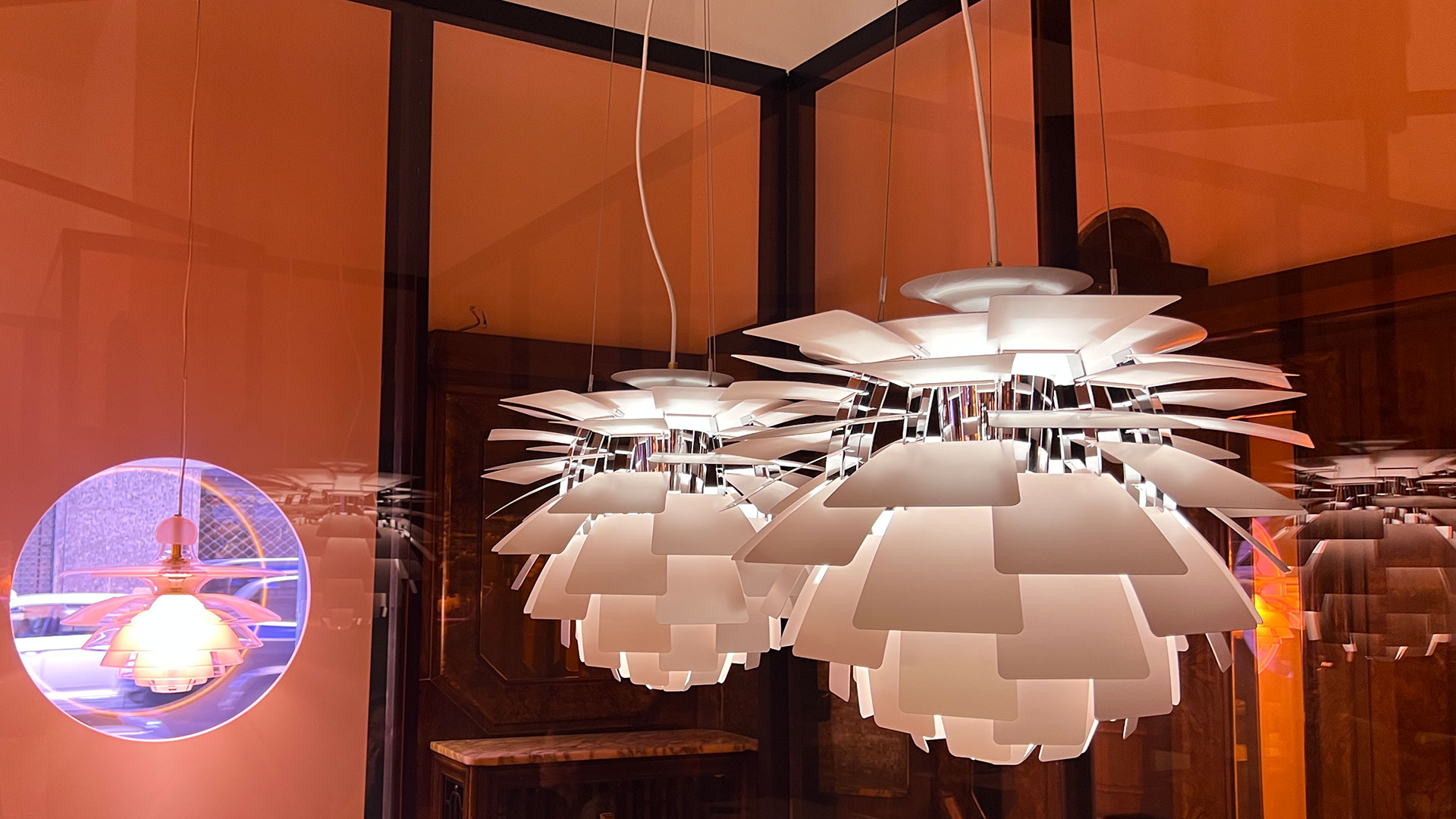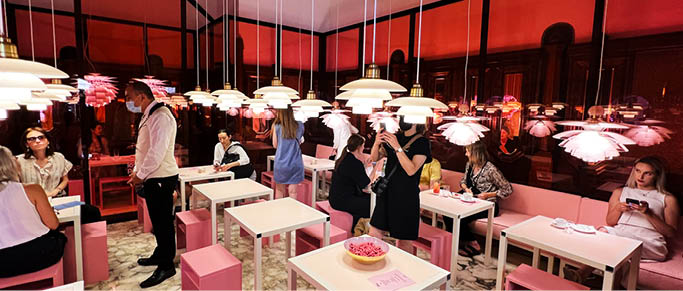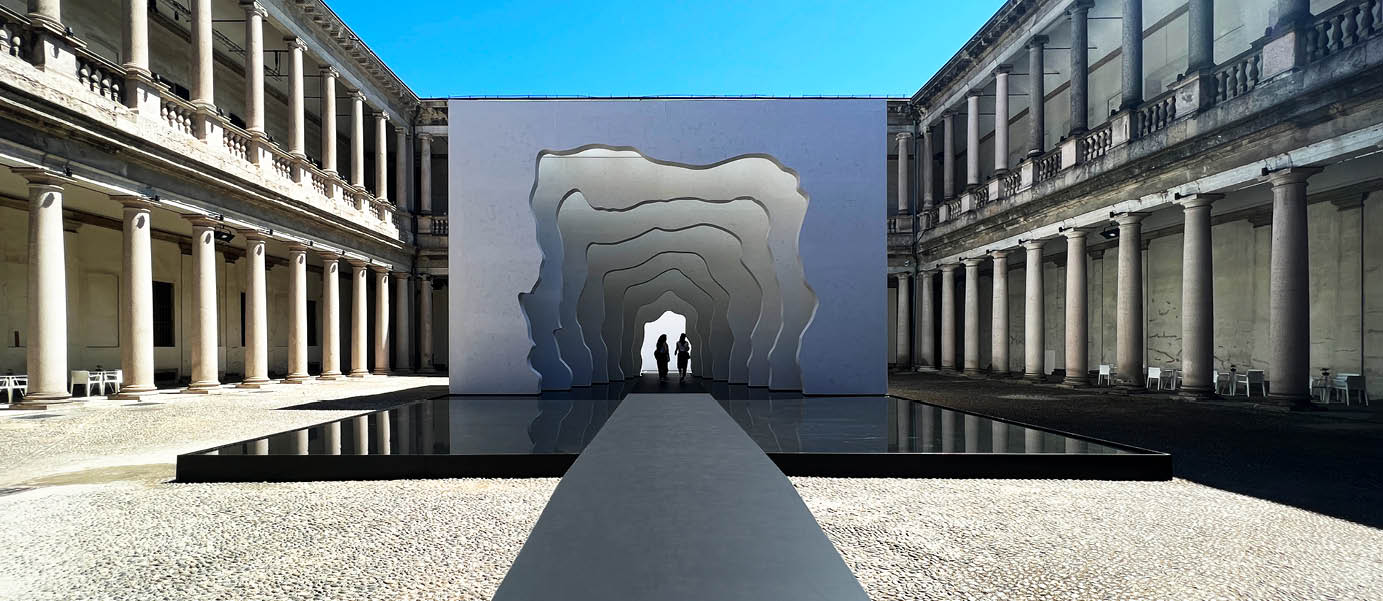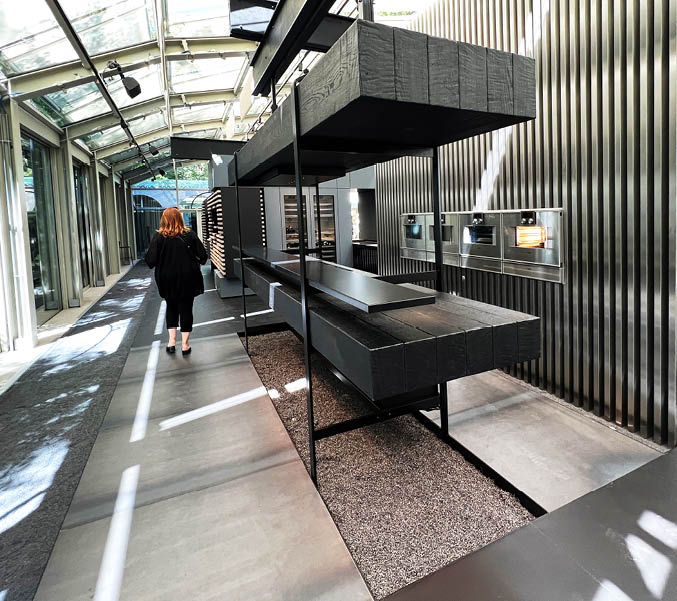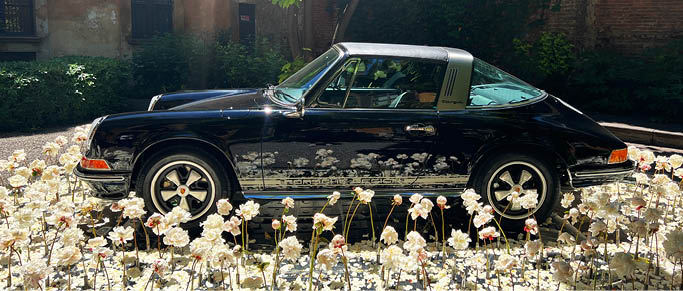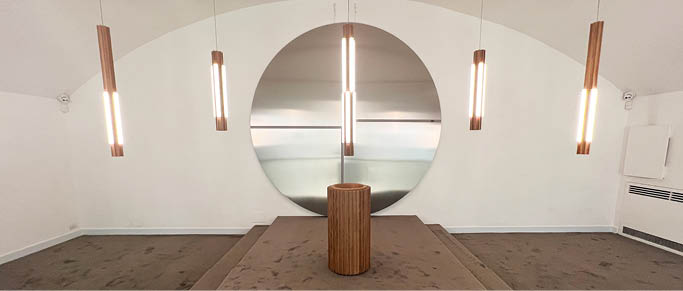Enjoying
Salone del Mobile Milano 2022
DFROST Inspiration Review
The Salone del Mobile 2022, the major international design fair in Milan, celebrates its 60th anniversary this year. This year’s motto of the fair: Sustainability!
Our experts were on site and have summarised all the highlights in a review – get inspired!
Hermés
Lightness is the theme of this year’s Hermès installations. The four constructions, reminiscent of water towers, shine in the huge rooms of the former Pelota. Although the buildings seem very large and massive, they are made of light wood and paper elements, such as the translucent coloured paper that illuminates the towers.
The artistic direction is in the hands of Charlotte Macaux-Perelman and Alexis Fabry, who have once again created an amazing concept that impresses with its simplicity and at the same time with its power.
Inside the pavilions, the new home collection is presented, with cashmere playing a central role. The delicate natural fibre picks up on the theme of lightness and gives it shape, in the form of plaids, geometric shapes, colourful patchworks and a quilting technique.
The collection is rounded off by a wicker and calfskin basket, a hand-painted T-shaped table lamp made of bamboo designed by Tomás Alonso, a chair and a stool that exude balance and harmony, followed by a 24-piece porcelain collection complemented by shades of yellow and black, as well as stylish graphic prints by designer Arielle de Brichambaut.
Tom Dixon
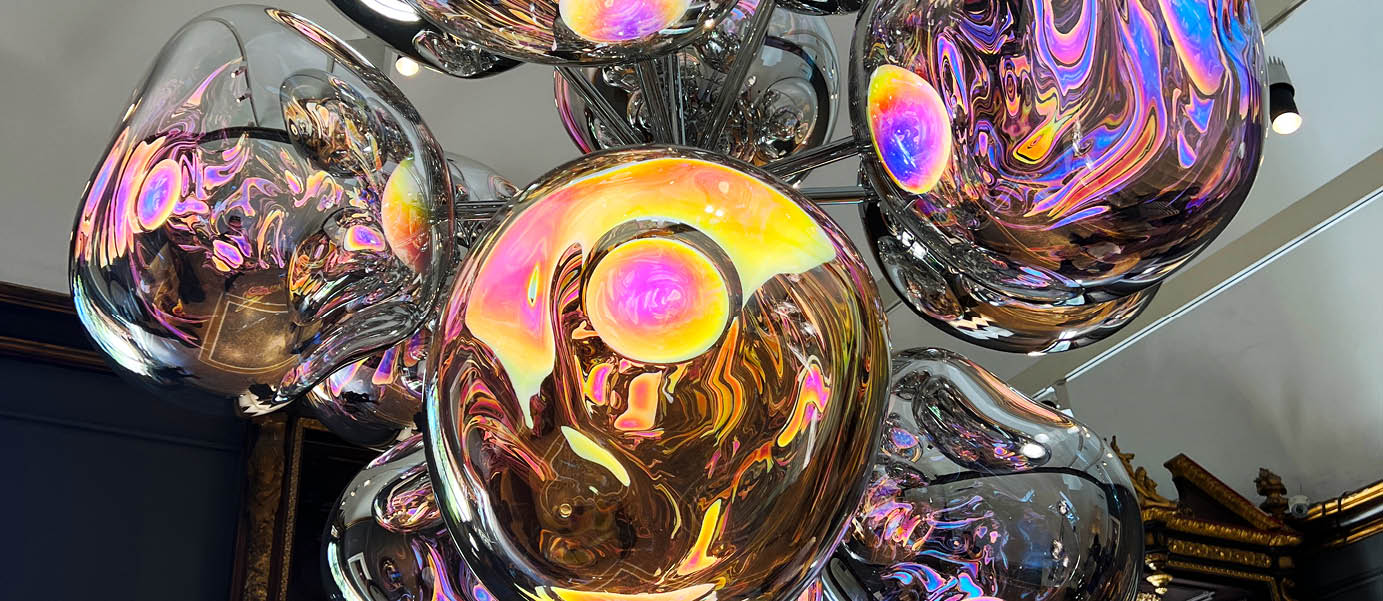
Dimore
As part of Milan Design Week, the architecture and design studio Dimorestudio transformed its gallery into a “dreamlike space” in keeping with the location’s name “oublié” – which means forgotten in French. This atmosphere was created, among other things, by the lighting, furniture and textiles shrouded in smoke. Upon entering the second floor of a nineteenth-century flat converted into a gallery, one was welcomed by soft classical music.
As one walks through the eight interconnected rooms, smoke is blown into the space, making the interior hazy and dusty.
The central message of the exhibition, especially in light of the past two years of the Corona Pandemic, is the poetic vision of hope and joy that is to be conveyed.
One has the feeling of finding oneself in a dreamlike space where time stands still, where rays of light fall through half-closed shutters and a gentle haze accompanies the movement.
Overall, neutral colours of muted beige and brown tones and ivory white were used for the exhibition. Gold splashes are found in the lighting, while the doors are painted silver.
Oublié captures the studio’s signature aesthetic, which it describes as “nostalgic” yet contemporary, through an eclectic mix of the brand’s permanent collection and new pieces such as a chair and floor lamp.
ELLE DECOR
Elle Decor took the 60th anniversary of the Salone del Mobile as an opportunity to reflect dynamically on the intrinsic qualities of design. The idea of an exhibition that focuses on contemporary living, where yesterday and today merge in a “timeless design”, was born by ideally taking back history and assessing its impact on the present. In our homes, objects, lamps and furnishings are arranged without any discernible temporal or functional hierarchy. They have become interchangeable and overlap, as do the activities that take place within them.
The selection made with Calvi Brambilla is above all in line with the principles of longevity, conveying the message of responsibility and awareness. The intention of the concept was to define the present in the intertwining of memory and new projects, and in the relationship between the personal microcosm and the macrocosm of society and the universe. The past was not seen as an archive of things to be copied, but as an inspiration of free values recognisable in the present to be brought into the future at the level of design.
The four main rooms of the exhibition are connected to the transitional spaces, which are enlivened by two different installations. One is analogue, the other digital, and they are equally appealing. It is a different way of representing the current horizontal coexistence of time. The first room, with its refined references, looks back to examples of installation art and underlines their importance in the collective imagination. In the second room, thanks to the virtual spatial experience realised by Kokoschka Revival, one is immersed in a playful dimension that is both delightfully topical and forward-looking.
FOSCARINI, ALESSI, INTERNI
Louis Poulsen
To mark the debut of the PH Pale Rose collection, a modern interpretation of Poul Henningsen’s iconic creations, the historic pastry shop Taveggia is coloured in soft pink. There, one could not only enjoy the best cappuccino, but also immerse oneself in a powder pink wonderland, where the PH 2/1 Pale Rose Brass table lamp and the PH 3½-3 Pale Rose Brass pendant lamps of the collection as well as the enchantingly chic PH Artichoke and PH Septima pendant lamps are presented in an elegant pale pink shade. The concept was developed in cooperation with the Locatelli Partners design studio. As a visitor, you are immersed in the world of a traditional Italian café, but one that has actually been transformed into a Pale Rose universe. The installation in the atmosphere of the café wonderfully reflects the zeitgeist of the collection: the perfect combination of traditional and modern touch.
Kohler
Kohler impresses with an installation by artist Daniel Arsham designed to simulate movement through the washbasin. Moreover, the location chosen for the oversized installation is none other than one of Milan’s most historic places: the Palazzo del Senato, a Baroque palace that serves as the state archives. Against this backdrop
The immersive artwork consists of a series of stacked panels that form a walk-through tunnel. Rock.01 is inspired by the idea of split levels. This gives visitors the feeling of moving through the sink. Each panel relates to a single plane of 3D-printed clay that comes together to form a basin. 3D printing is an additive construction process; in contrast, the tunnel reveals the subtractive by taking away parts to make room for the volume through which one has passed as a visitor.
Within the installation, a pond acts as a mirror surface, doubling and reflecting the opening of the cavernous volume. The incentive is meant to be that as a visitor you think about the acceptance of the space and its malleability and understand the relationship between the volumes. The cadence of the walls mimics the rhythm of the columns in the palazzo and contributes to an overall atmosphere that is meant to represent movement and flow.
Gaggenau, Porsche, Lee Broom
